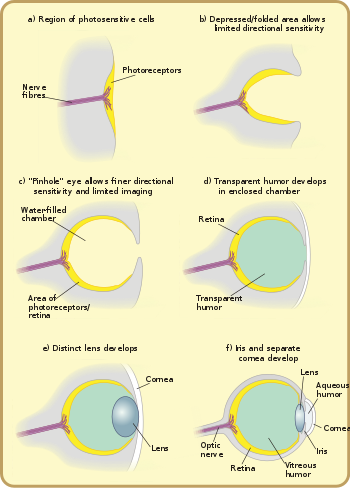That's interestingBut Lemurs do. A Lemur was trained to select the fewest number of symbols in order to receive a reward.
Wonder if training Koko to pick the 3 to get the 5 would stick ie transfer to other
3 / 5 situations or remain just with bananas
But but but the test as I understand was to find out if Koko could work it out by herself like a human child




